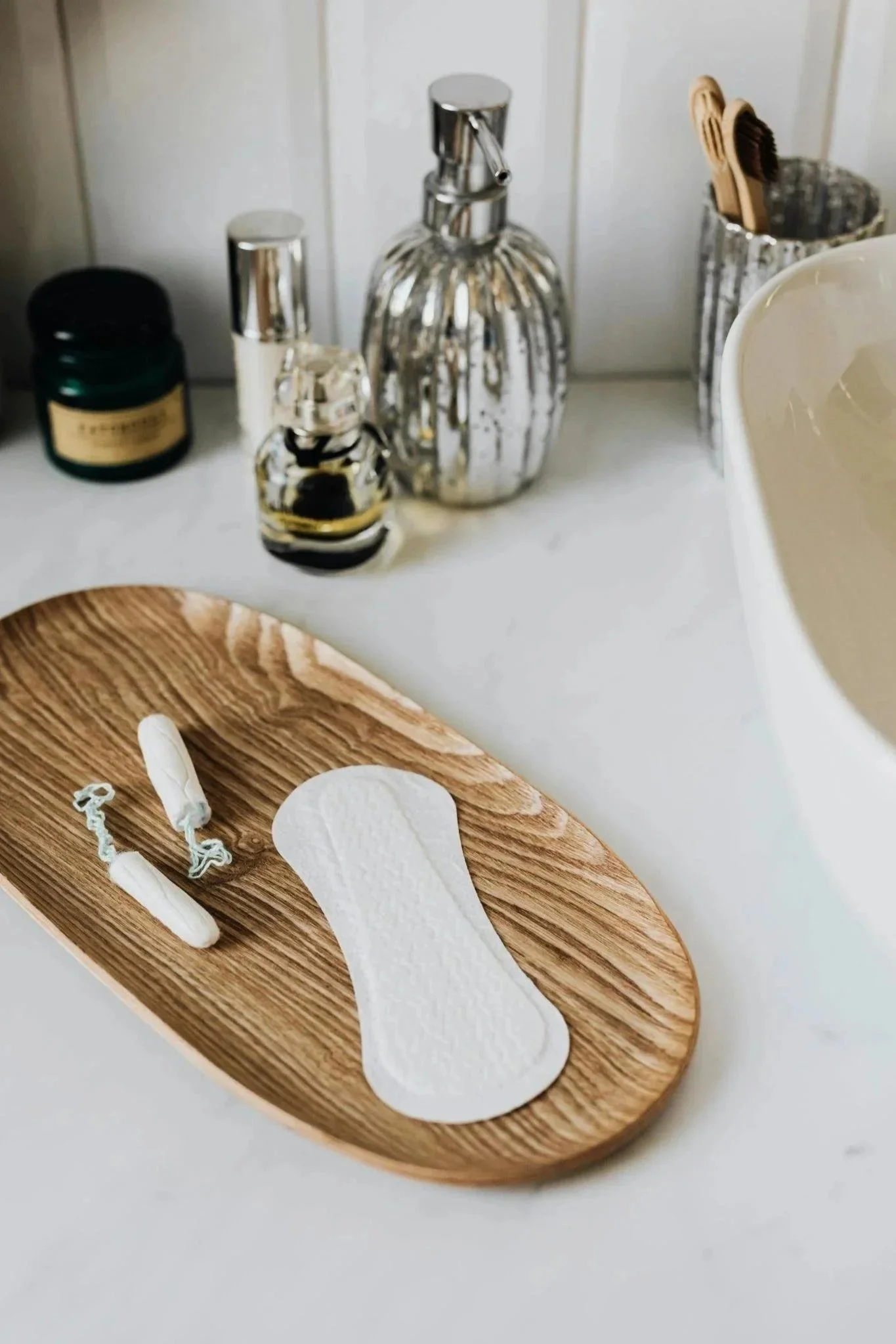Vaginal Hygiene
When your tissues are inflamed or problematic, it’s time to start thinking about your vaginal and labial hygiene!
Vaginal Hygiene & Comfort‑Boosting Tips
1. Understand the Basics
Self‑cleaning organ. Healthy vaginal flora (mainly Lactobacillus) keeps the pH acidic (≈ 3.8‑4.5) and wards off pathogens. Harsh soaps or excessive washing can disturb this balance. Sometimes hot baths with bubble bath or fragrances will disturb the environment, as well as, hot tubs and pools with chlorine.
Why discomfort occurs. Irritation, yeast infection, bacterial vaginosis (BV), urinary‑tract infection, allergic reactions, or mechanical friction are common triggers. Persistent or severe symptoms warrant a clinician’s evaluation.
2. Gentle Daily Care
Warm water rinse without soaps. Removes sweat and urine residue without stripping natural oils. Use lukewarm water during shower or bath; avoid scrubbing the inner walls. If extra cleaning feels necessary, a fragrance‑free, pH‑balanced cleanser can be used on the vulva (external area) like unscented glycerin soap.
Breathable underwear. Allows air circulation, decreasing moisture that fuels microbial overgrowth. Choose cotton or moisture‑wicking fabrics; change after sweating, exercise, or spending time in a bathing suit. Remember it can’t just be a cotton gusset. It should be the entire panty. We like 100% cotton or “SmartWool” type fabrics.
3. Lifestyle Adjustments That Promote Healing
Hydration & diet – Plenty of water and probiotic‑rich foods (yogurt, kefir, fermented veggies) support a healthy microbiome. It’s important to drink enough water to thoroughly urinate and clean out the urethra to avoid urinary infections.
Avoid irritants – Skip scented pads, douches, feminine sprays, and tight synthetic clothing until symptoms resolve.
Limit sexual activity – Give the area time to heal; use water‑based lubricants if intercourse continues.
4. Targeted Relief for Common Discomforts
Itching/mild irritation - Cool compresses (like ShePak), plain yogurt applied externally for 10 min (then rinse), oatmeal baths (colloidal oatmeal in warm water).
Burning after urination - Urinate after intercourse, drink plenty of water, avoid irritating soaps.
Unusual discharge (gray, fishy odor). Maintain hygiene, wear breathable underwear, consider probiotic supplement. Symptoms > 3 days or worsening – possible BV. Consider boric acid suppositories described below. Cool the tissues.
Thick white “cottage‑cheese” discharge. Possible yeast infection. Keep area dry, use plain yogurt or probiotic supplement. Consider boric acid suppositories. Consider ShePak as yeast thrive under warm, moist environments. We have not done specific studies to see if ShePak reduces yeast loads, but it would limit the environment it thrives under while decreasing local inflammation.
How Boric Acid Works
pH modulation. Boric acid creates a mildly acidic environment that discourages overgrowth of Gardnerella (BV) and Candida (yeast) while preserving beneficial lactobacilli.
Adjunct benefit. Clinical observations show cure rates improve when boric acid is added to standard BV treatment (e.g., metronidazole), suggesting it helps eradicate residual bacterial biofilm.
Boric acid vaginal suppositories (600 mg capsule or pre‑made suppository) inserted nightly for 7‑14 days, often as an adjunct to prescription antibiotics or antifungalsclevelandclinic.org.
Safety & Precautions
Approved for vaginal use only – never ingest.
Not recommended for pregnant or trying‑to‑conceive individuals due to limited safety data per nebraskamed.com.
Possible irritation if used excessively; follow dosing instructions (typically one 600 mg capsule nightly).
Consult a healthcare professional before starting, especially if you have a known allergy, chronic medical condition, or are using other intravaginal products.
Cool‑Therapy Option: ShePak
ShePak is a patented pelvic‑floor cooling device that can be frozen at home and inserted briefly to provide soothing cold to both internal and external vaginal tissues. It is marketed for relief of itching, burning, pain, and swelling associated with conditions such as vaginitis, post‑partum soreness, or post‑surgical discomfort. Because it cools the tissue directly, it can complement the above hygiene measures by reducing inflammation and providing immediate comfort. One inserts ShePak for 5-15 minutes and may be used multiple times in the day.
5. Safe Over‑the‑Counter Options (use sparingly)
Topical antifungal creams (e.g., clotrimazole) for suspected yeast infections.
pH‑balancing gels (e.g., lactic‑acid based) for mild bacterial imbalance.
Caution: Self‑diagnosis can miss underlying conditions. If you’re unsure, a brief tele‑health visit or in‑person exam is advisable before starting treatment.
6. When to Contact a Healthcare Professional
Fever, severe pelvic pain, or swelling.
Persistent or worsening discharge, especially with odor or color change.
Blood‑tinged discharge unrelated to menstruation.
Recurring episodes despite proper hygiene and adjunct therapies (ShePak, boric acid, etc.).
Blood in urine
If symptoms don’t improve with strategies in 48 hours.
A clinician can perform a simple exam and, if needed, a lab test (microscopy, pH strip, culture) to pinpoint the cause and prescribe targeted therapy.
7. Quick Checklist for Readers
☐ Warm water rinse (optional mild cleanser on external vulva).
☐ Pat dry; avoid rubbing.
☐ Wear breathable cotton underwear; change after sweating.
☐ Stay hydrated; eat probiotic‑rich foods.
☐ Skip douches, scented products, and tight synthetic garments.
☐ Use cool‑therapy (ShePak or cold compress) for acute inflammation.
☐ Consider boric acid suppositories (as directed) for recurrent BV or yeast infections after standard treatment.
☐ Seek professional care if symptoms linger > 48 h or worsen.
Closing Thought
Good vaginal hygiene is less about aggressive cleaning and more about supporting the body’s natural defenses. By keeping the environment gentle, dry, and balanced—and by adding safe adjuncts like ShePak for immediate cooling and boric acid for stubborn bacterial or fungal imbalances, most minor irritations can be alleviated while ensuring that any serious issue receives timely medical attention.


